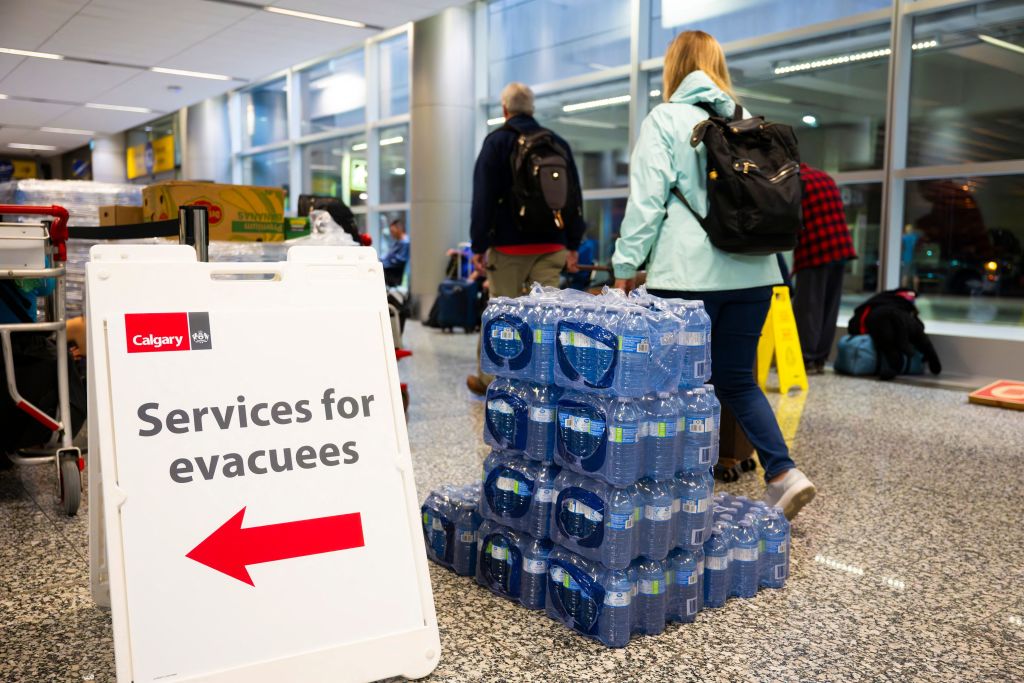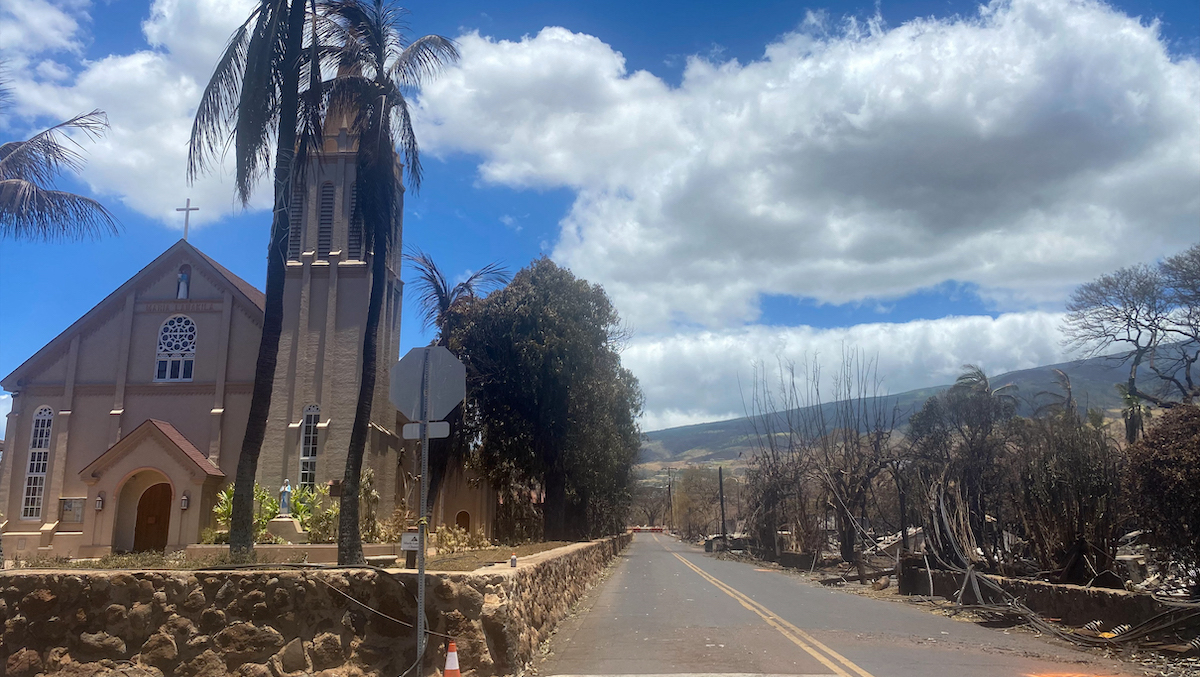Christopher Pitney’s home is tucked away in the Santa Monica mountains. It’s a beautiful place to live, but it can also be a risky one.
“In this area, fire is so unpredictable,” he said.
Pitney’s had to evacuate a few times, but his home has always been safe. But he’s not up for the gamble anymore.
“If I could put a few more chips in my pocket before that happens, well, it’ll make playing the game a little more comfortable,” he said.
Get top local stories in Southern California delivered to you every morning. Sign up for NBC LA's News Headlines newsletter.
Pitney hired Frontline Wildfire Defense to install a sprinkler system that’s attached to his roof and under his eaves.
When a fire is nearby and embers are a threat, Pitney or Frontline can trigger the system. Its technology allows it to work even when the power goes out, according to Harry Statter, Frontline’s CEO.
“All the combustibles on or around the home will be saturated to create an environment that’s simply too wet to burn,” said Statter.
When a fire gets really close, the system releases foam.
“This is the same biodegradable foam that firefighters carry on their trucks. You simply don’t need a firefighter there to apply it,” said Statter.
If the water supply is shut off for firefighters' use only, Pitney’s pool is the system’s backup source. Frontline said the cost of this system is about $10 per square foot, so $20,000 for a 2,000 square foot home.
Other residents are turning to prefab homes, built by a company called Dvele, that are designed for fire resiliency.
“All of our homes are built with metal framings. The floors, the ceilings, the walls, and soon to be the foundation. So you have a material that is non combustible,” said Kellan Hannah with Dvele.
Hannah said the homes also have built-in sprinkler systems. And the crawl spaces don’t have exterior ventilation, which is how embers often get in.
“We have such an airtight envelope in the home that you're just not getting the possibility of embers entering the home,” said Hannah.
Dvele just built a home in Northern California's wine country for $2.2 million, similar in price to nearby homes with traditional construction.
But what do insurers think of these innovations? The I-Team has reported on homeowners unexpectedly getting dropped by their insurers because of wildfire risk. Others say their premiums have gone up so much, they can barely afford insurance. But will these mitigation efforts change that?
“Insurers are looking for homes they can give discounts to,” said Janet Ruiz with the Insurance Information Institute.
But Ruiz said sometimes homeowners’ efforts alone aren’t enough, and that insurers want an entire neighborhood pitching in.
“When you have a wildfire coming through, and it's a community level fire, then that’s when we all need to work together to reduce the risk,” said Ruiz.
Pitney’s insurance company didn’t give him a discount for his sprinkler system. But it hasn’t dropped him, either. And if a fire does come his way, he feels he's as ready as he can be.
“Well this is no longer in my hands. I’ve done all I can do. What’s your will, God?” he said.
Tips to keep your home safe from fire:
- Remove flammable mulch around your home and replace it with noncombustible materials like rock.
- Keep the area surrounding your home clear of dead plants. Cut back tree limbs that hang over your home.
- Clean the leaves and pine needles from your roof and gutters.



